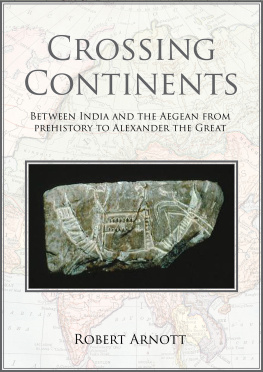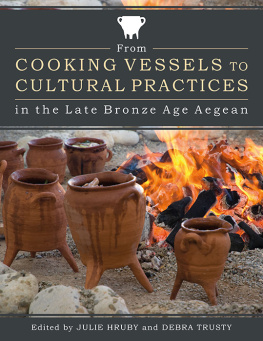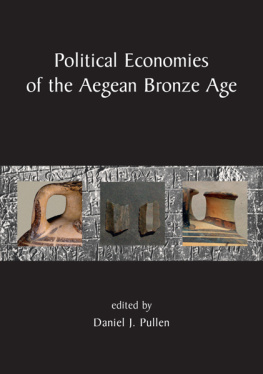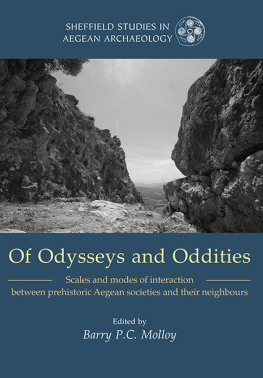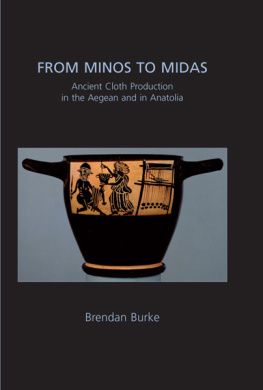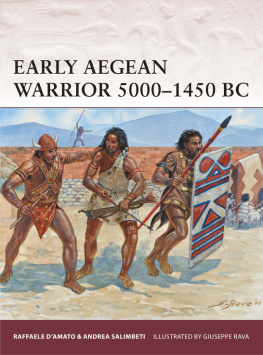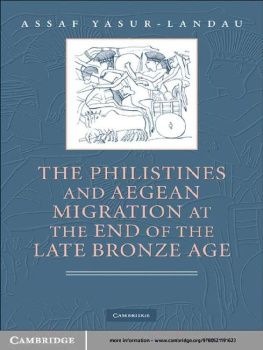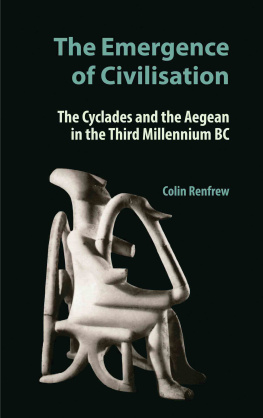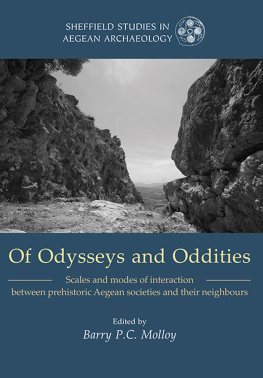


Published in the United Kingdom in 2022 by
OXBOW BOOKS
The Old Music Hall, 106108 Cowley Road, Oxford, OX4 1JE
and in the United States by
OXBOW BOOKS
1950 Lawrence Road, Havertown, PA 19083
Oxbow Books and Robert Arnott 2022
Paperback Edition: ISBN 978-1-78925-554-6
Digital Edition: ISBN 978-1-78925-555-3
A CIP record for this book is available from the British Library
Library of Congress Control Number: 2022933274
All rights reserved. No part of this book may be reproduced or transmitted in any form or by any means, electronic or mechanical including photocopying, recording or by any information storage and retrieval system, without permission from the publisher in writing.
Printed in the United Kingdom by Short Run Press, Exeter
Typeset in India by Lapiz Digital Services, Chennai.
For a complete list of Oxbow titles, please contact:
UNITED KINGDOM
Oxbow Books
Telephone (01865) 241249
Email:
www.oxbowbooks.com
UNITED STATES OF AMERICA
Oxbow Books
Telephone (610) 853-9131, Fax (610) 853-9146
Email:
www.casemateacademic.com/oxbow
Oxbow Books is part of the Casemate Group
Front cover: Unfired Mature Harappan Phase steatite seal from Mohenjo-daro (DK 10355) depicting a flat-bottomed boat with rower and oar of the type used to sail from the ports on the Indian Ocean that served the Gulf [Mohenjo-daro Museum inv. no. MM 4890] ( Harappa.com 1995-2021); background image: Map Of Asia 1896 ( iStock/traveler1116)
In memory of Sir John Marshall CIE FBA Minoan and Harappan
Contents
List of Tables and Figures
Acknowledgements
I owe a great debt of gratitude to those who have given freely of their knowledge and time or other innumerable kindnesses, especially Mrs Helen Hughes-Brock, who advised me about beads, read an early version of the manuscript and offered many invaluable suggestions for improvement, and Professor Dr Claus Reinholdt of the University of Salzburg, the excavator of the Aegina Hoard. Others include Professor Eric H. Cline, Dr Nicole Pareja Cummings, Professor Costis Davaras, Professor Klaus Karttunen, the late Professor Wilfred Lambert FBA, Dr Jacke Phillips, the late Professor Gregory L. Possehl, Dr Yannis Tzedakis and Professor John G. Younger, although any mistakes or solecisms are mine alone. My earlier conclusions were presented to the Asian Archaeology Group of the McDonald Institute for Archaeological Research of the University of Cambridge, on 27 February 2017 and I should like to thank the participants for a stimulating discussion.
A study like this can only be successfully undertaken with access to several excellent libraries and other resources. In India, I would like to thank the American Institute for Indian Studies at Gurgaon, Haryana (near New Delhi) and the Central Archaeological Library of the Archaeological Survey of India for the opportunity to make use of their unrivalled library holdings. I should also like to acknowledge the British School at Athens, of which I was a student for many years and the Departments of Ancient History and Classical Studies and of Classical and Early Aegean Archaeology of the University of Salzburg. Finally, in Oxford my thanks go to Green Templeton College (where I am a Fellow and which provides a solid base for my work), the Bodleian Library, the former Bodleian Indian Institute Library, the Sackler Library and the Oriental Institute Library for all the facilities kindly put at my disposal.
As I was preparing the final manuscript, I had the opportunity to consult Richard Stonemans The Greek Experience of India: from Alexander to the Indo-Greeks (2019) and I should like to express my admiration for such a masterly work. I must also warmly thank my editor at Oxbow Books, Mrs Jessica Hawxwell, who made this book a reality.
Much of the writing of this book was undertaken during several very agreeable stays in India and Greece; at the hill station of Shimla in the foothills of the Himalayas and on the Greek islands of Aegina and Naxos and I should like to thank all those who made it possible.
Introduction
The first contacts between Greece, the Aegean and India were thought to have occurred sometime at the beginning of the sixth century BC. This was when Greek merchants, explorers and adventurers travelled along the trade routes that linked Ionia in Western Anatolia with what was later to be the Persian Achaemenid Empire and then with India. They then established themselves south of the Hindu Kush Mountains in that part of the rich Northern Indian plain, now called The Punjab, from where flowed the River Indus and its four major tributaries.
These early travellers and traders brought back not only exotic goods, but also fantastic tales often linked to the mythical journey to India of Dionysus and Heracles, the Near East and finally westwards through Syro-Palestine towards the slowly emerging societies of the Early and Middle Bronze Age Aegean, later to develop into their palace-based economies and growing complex social structures. My definition of the Aegean is broad; I have included both the west and east shores of the sea, to include what is now mainland Greece, its islands and Crete, but also the western shores of Anatolia, particularly Troy.
From the heartlands of the Harappan Civilisation to the Prehistoric Aegean, starting at the end of the third millennium BC and being curtailed after 19001800 BC, objects and commodities were continually on the move within what has been described as a pre-industrial world system and far from being a barrier to contact, the sea was a great highway. This means of exchange and communication as Gregory Possehl asserted, were part of an interregional pattern of third millennium urbanisation that encompasses the Nile valley and the lands from the Mediterranean Sea, east across the Iranian Plateau to the Greater Indus Region.
Recently some scholars have speculated on the evidence of contact between the Harappans and Minoan Crete, particularly following the finding of a Harappan etched carnelian bead at the site of Kolonna on Aegina. What they are all in agreement with, however, is that only a complete study of the objects from the Aegean and the identification of any that originated in India, can help determine the nature of trade and contact. This I have now done and my results are presented here.
After 1800 BC, during a time of decline in the Harappan Civilisation, Possehl suggests that contacts to and from India were greatly reduced from then until around 600 BC, the evidence pointing to only a very limited trade in, for example, cotton fabrics ( sindhu ). Contrary to this view, there is, however, some evidence of a continuation into the later Middle and Late Bronze Ages in the Aegean of the supply of commodities from the Late Harappan and post-Harappan Civilisation cultures that emerged in India in the mid- to late second millennium BC.
The question remains whether in the Aegean, at the western extremity of an extensive pattern of contact and those who lived there knew anything of the origins of the objects and commodities that originated in India; maybe they thought of them as from the Near East or Syro-Palestine or neither, or simply exotica from the east supplied by traders from those two regions.
The Aegean was part of a greater trade network and in this work, I have tried to both evaluate and re-evaluate what evidence and speculation there are for such contacts, particularly for the commodities such as tin and lapis lazuli as well as recently discovered objects. For those whose archaeological research is in Greece and the Aegean, much of what is contained in this article about the archaeology of prehistoric India, its resources, social and economic structures and its interaction with other contemporary societies, will be new. Consequently, I have included a very basic introduction to that civilisation as well as explaining where India and Greece lie chronologically in relation to each other ().
Next page
